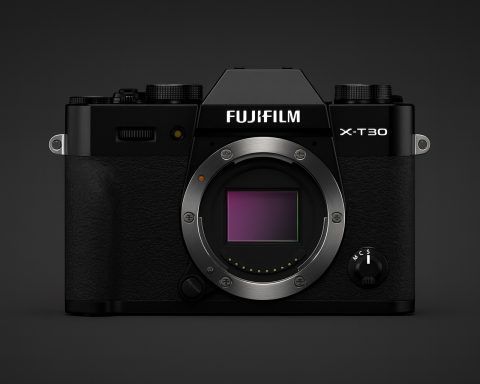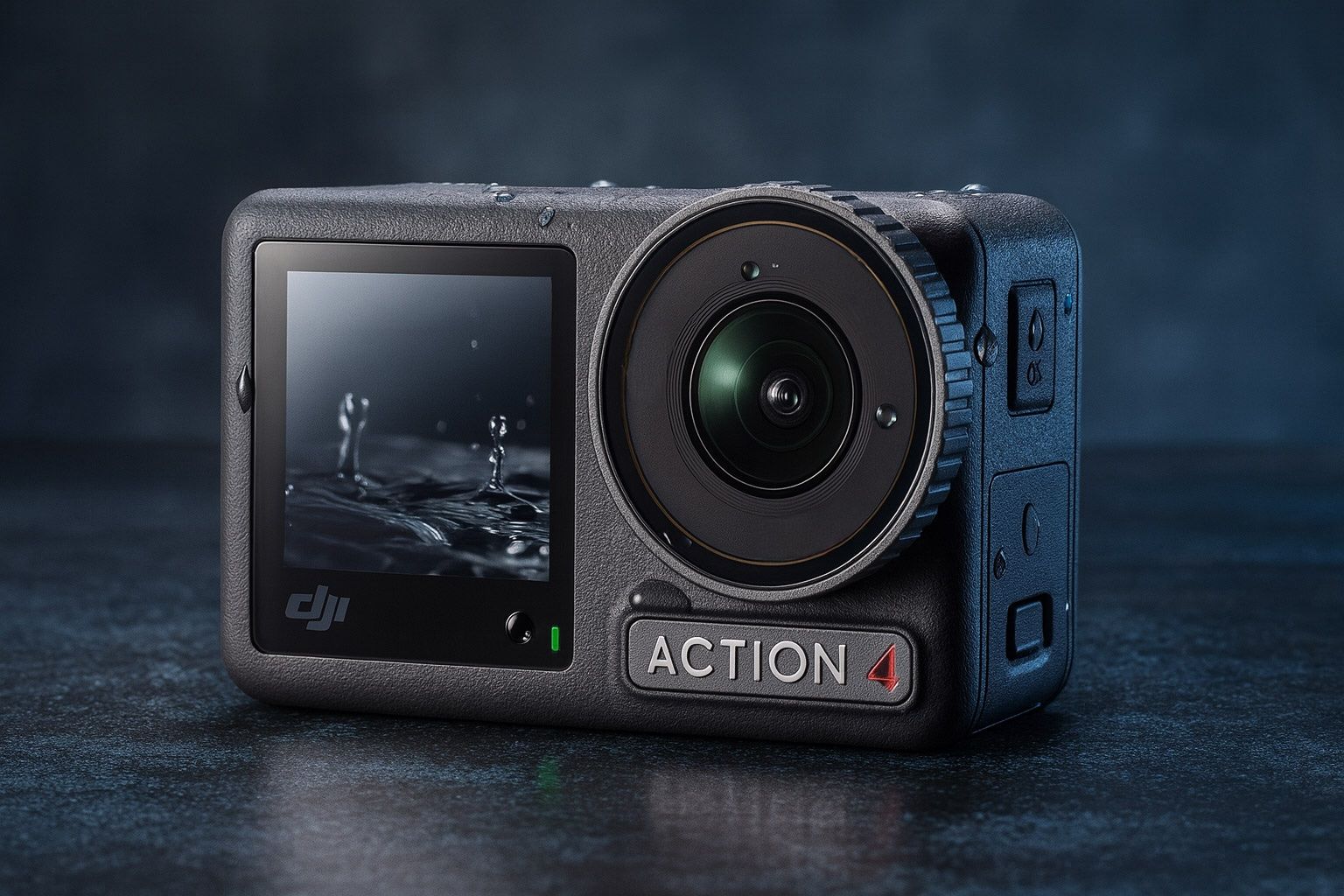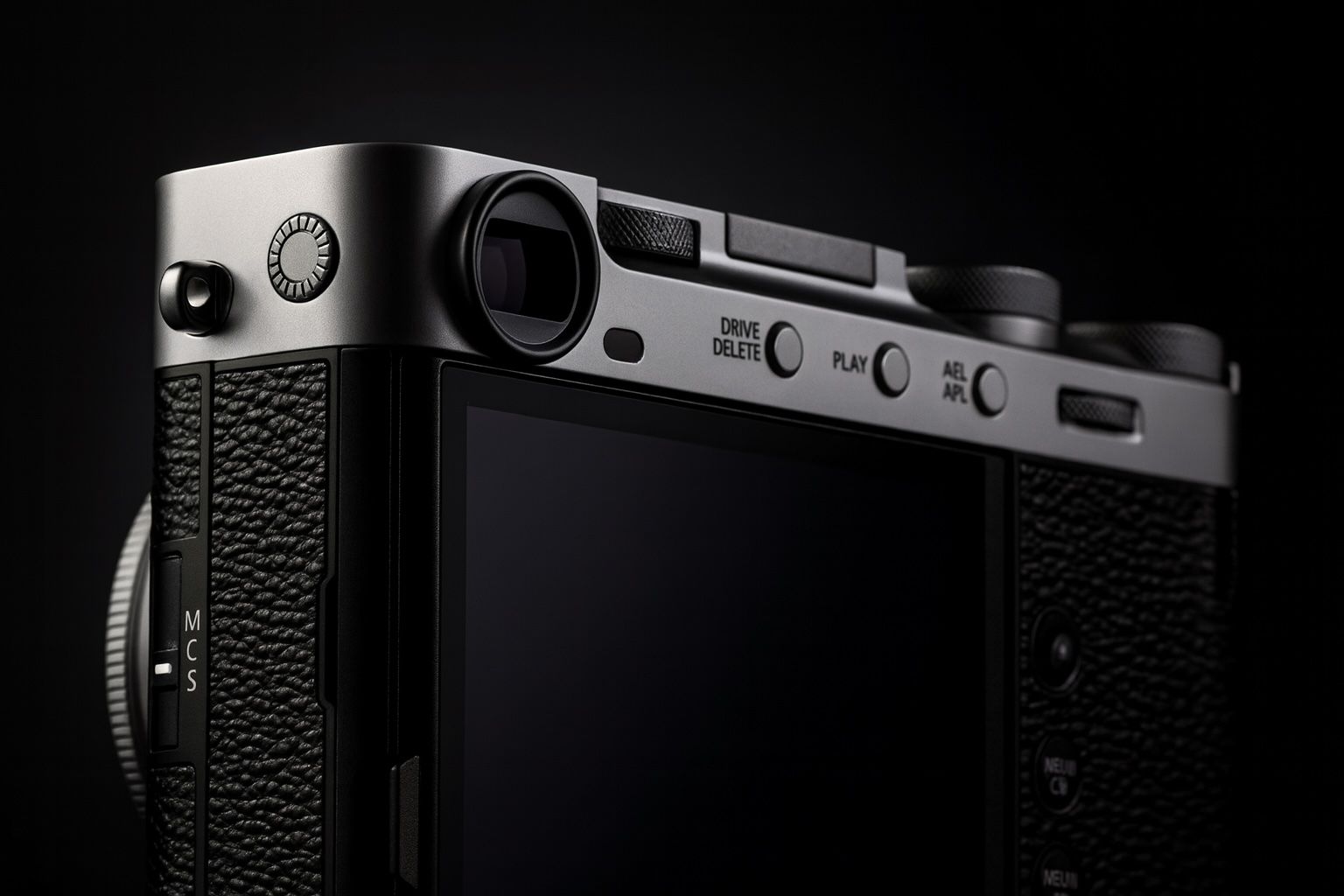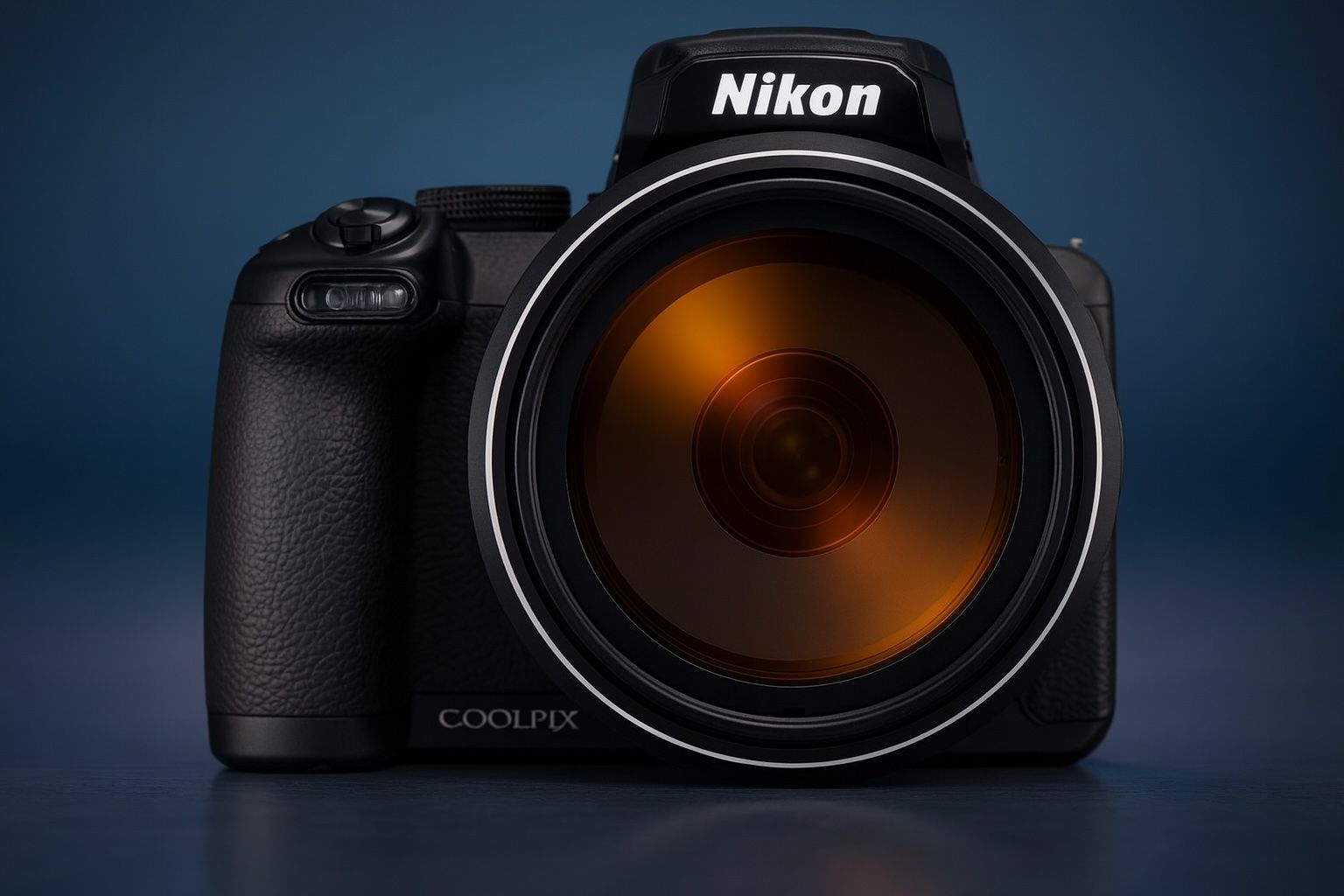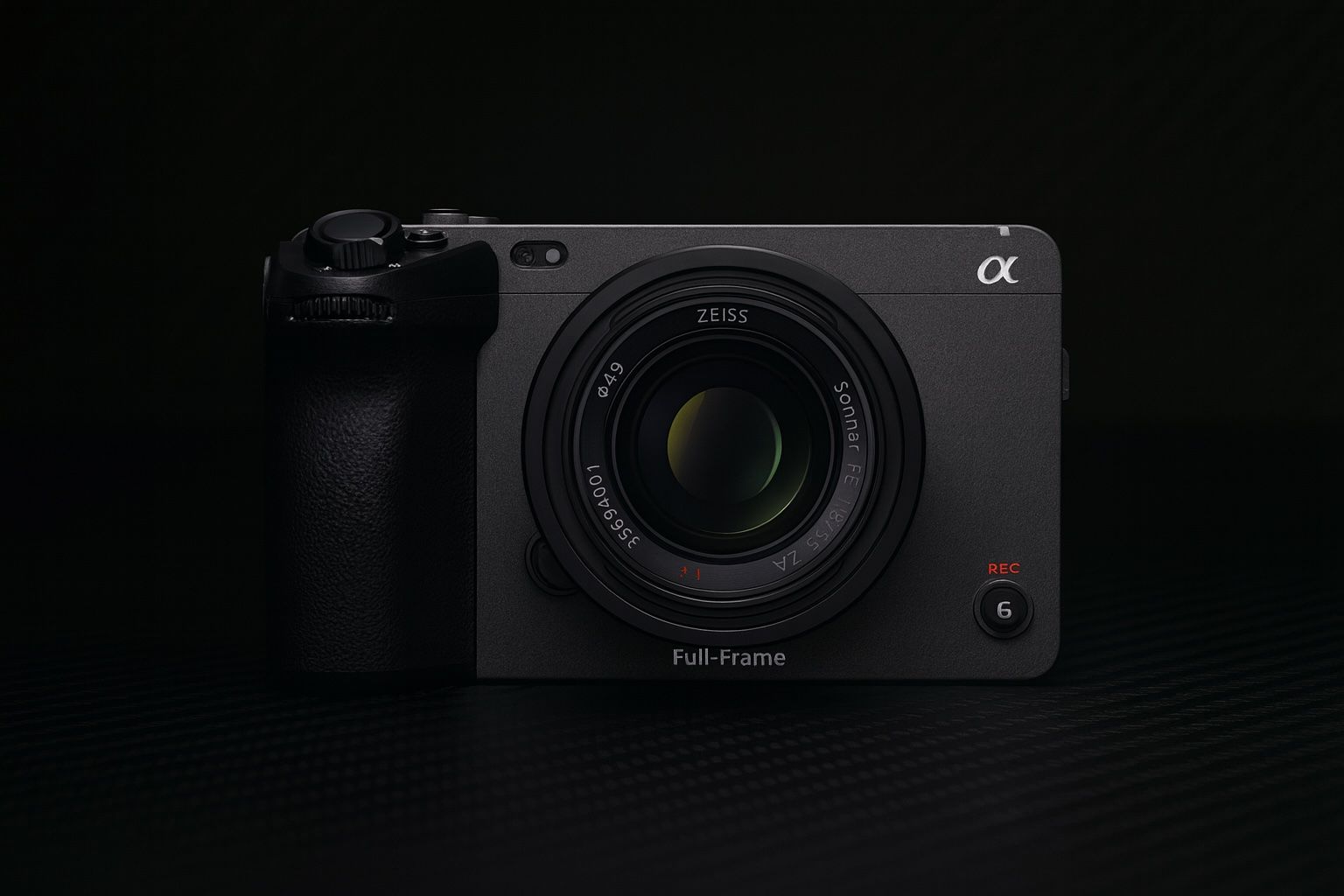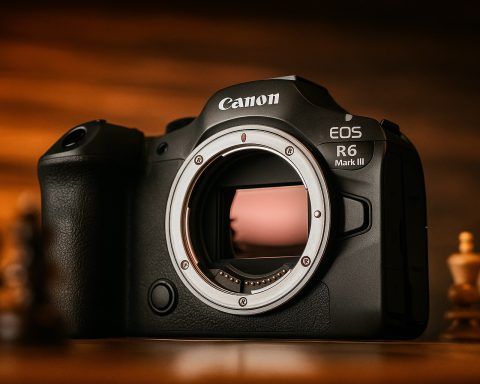
Canon EOS R6 Mark III launches with 32.5MP sensor, 7K RAW video, and a $469 RF 45mm f/1.2: price, specs, release date (Nov. 6, 2025)
Canon today unveiled the EOS R6 Mark III — a hybrid, full‑frame mirrorless built for creators who bounce between stills and video — alongside a headline‑grabbing RF 45mm f/1.2 STM prime that undercuts typical f/1.2 lens pricing by a wide

